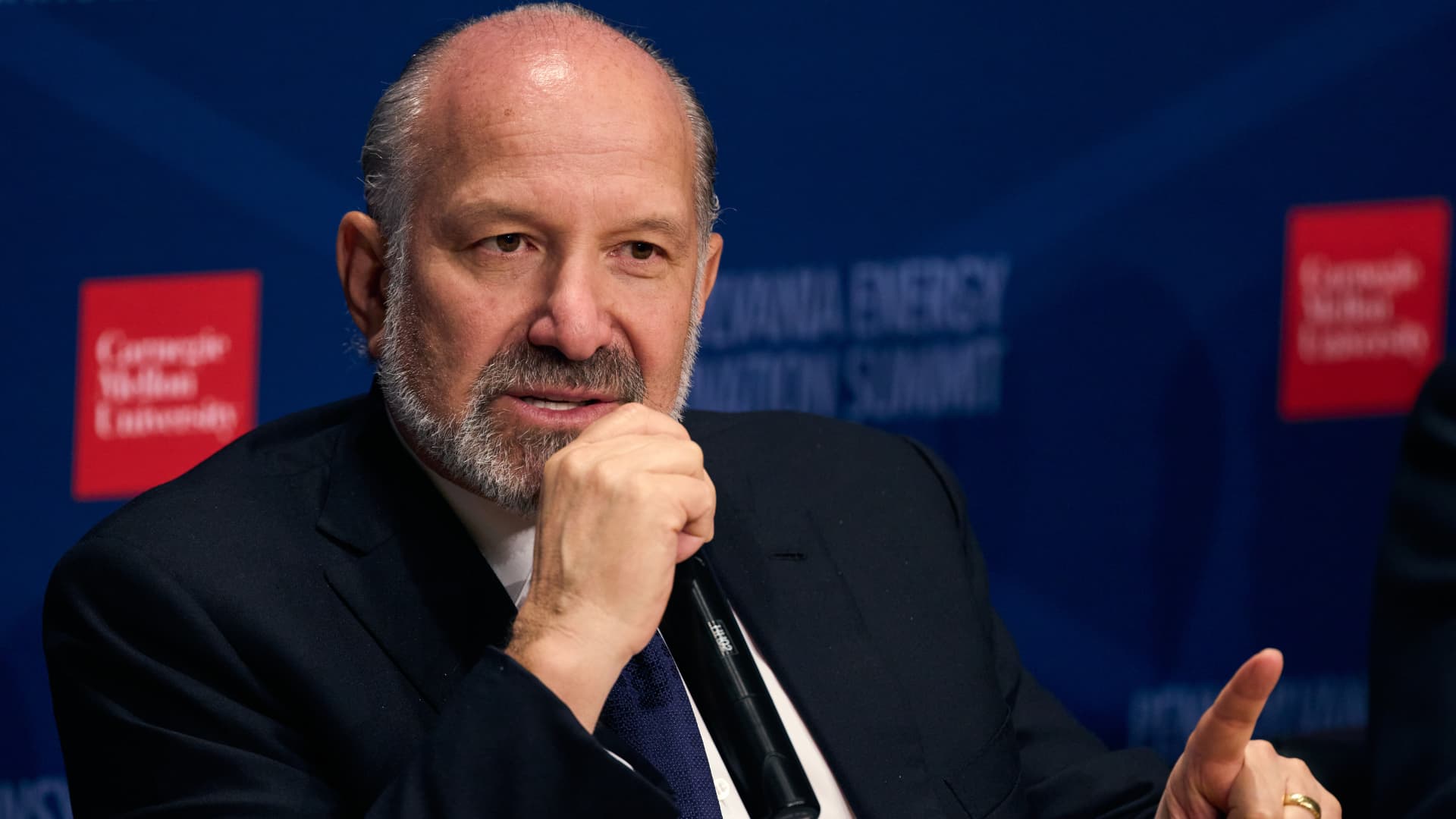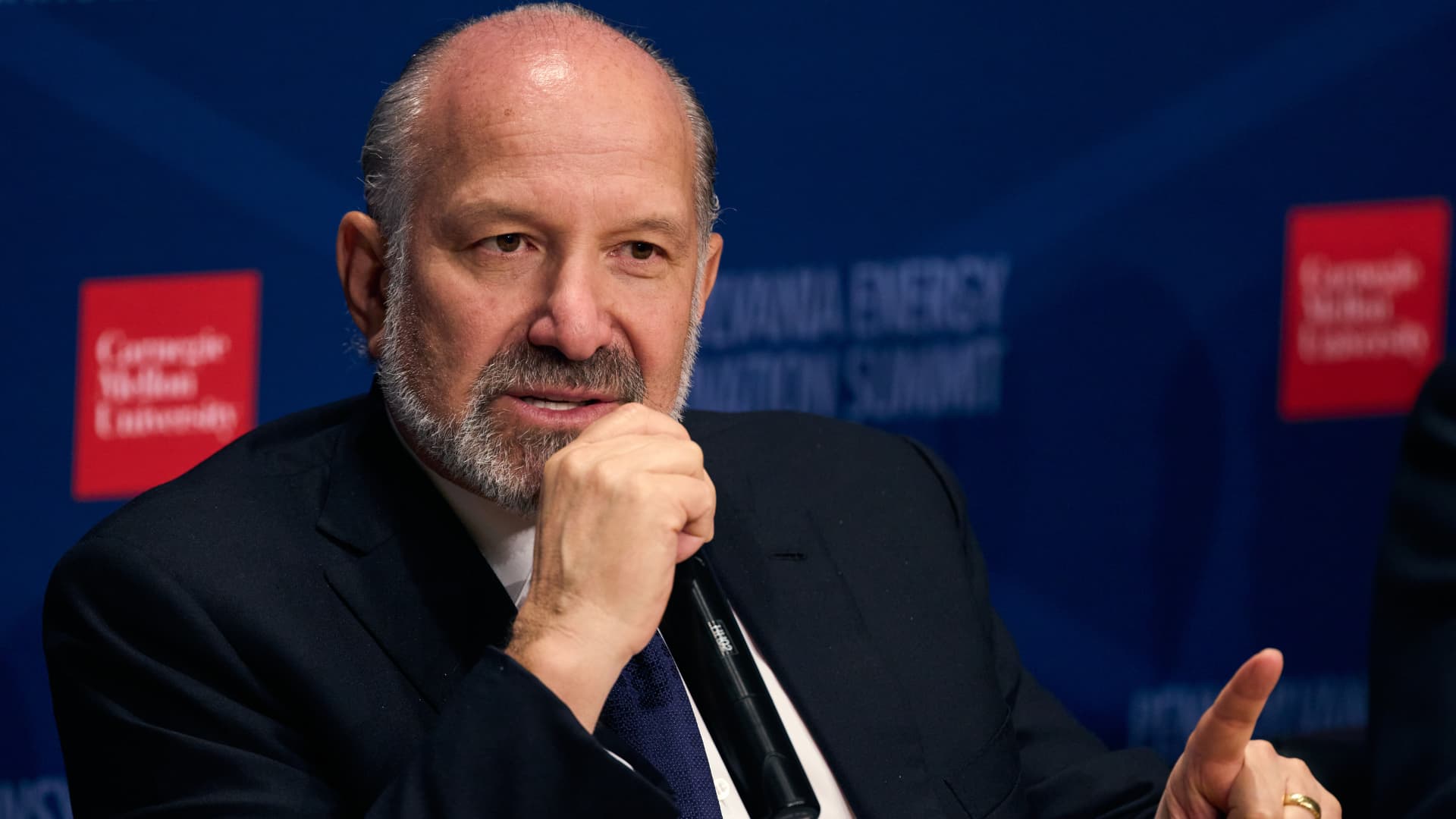The Evolving Landscape of Auto Tariffs Under Trump: A Comprehensive Analysis
Introduction: The Complexity of Trade Policy
The Trump administration’s trade policies, particularly those targeting the automotive sector, have been a rollercoaster of aggressive posturing and strategic retreats. Recent developments suggest a softening stance on auto tariffs, led by Commerce Secretary Howard Lutnick, following earlier threats that disrupted global markets. This analysis explores the motivations, impacts, and underlying tensions within the U.S. auto industry, providing a nuanced understanding of the shifting sands of trade policy.
The Hard Line: Tariffs as a Negotiation Tool
President Trump’s initial approach to trade was characterized by a hardline stance on tariffs, particularly on imported automobiles and auto parts. The strategy was rooted in the belief that imposing or threatening tariffs would pressure foreign governments to negotiate more favorable trade deals. Countries like Japan, with long-standing trade surpluses in the automotive sector, were primary targets.
The administration’s rationale was twofold: tariffs would incentivize foreign automakers to increase U.S. production, creating jobs and stimulating economic growth. Additionally, tariffs were seen as a means to address perceived unfair trade practices, leveling the playing field for American manufacturers. The threat of a 25% tariff on imported vehicles sent shockwaves through the industry, prompting manufacturers to reassess their supply chains and investment strategies.
Industry Pushback: The Concerns of Automakers
Despite the administration’s optimistic projections, the U.S. auto industry was far from unanimous in its support for tariffs. While some saw potential benefits in reduced import competition, the downsides quickly became apparent. Automakers expressed concerns about retaliatory tariffs from other countries, which could harm U.S. exports and disrupt global supply chains.
The interconnected nature of the auto industry posed additional challenges. Tariffs on imported parts would increase production costs for U.S.-manufactured vehicles, making them less competitive domestically and internationally. This could lead to job losses and reduced investment, directly contradicting the tariffs’ intended goals. The industry’s pushback highlighted the need for a more nuanced approach to trade policy.
A Shift in Tone: Lutnick’s Optimism
Commerce Secretary Howard Lutnick has emerged as a key figure in navigating the complexities of auto tariffs. His recent statements suggest a more cooperative and conciliatory approach, indicating that the administration is listening to industry concerns. Lutnick’s claim that U.S. auto CEOs are “cool with” the new trade deal with Japan is particularly significant, given the earlier anxieties expressed by the industry.
However, this assertion has been met with skepticism. Reports suggest that American automakers remain concerned about potential disadvantages compared to foreign competitors. The shift in tone, while promising, underscores the need for continued dialogue and transparency to address industry concerns effectively.
The Japan Deal: A Pivotal Moment
The trade deal with Japan represents a critical juncture in the evolution of the administration’s auto tariff policy. While details are still emerging, the deal appears to involve a combination of tariff reductions, market access concessions, and investment pledges. Japan’s agreement to invest up to $550 billion in the U.S. economy could provide a significant boost to American manufacturing and job creation.
In exchange, the U.S. may be easing its stance on auto tariffs, offering relief to Japanese automakers exporting to the U.S. market. However, the deal raises questions about fairness and competitiveness. Some argue that it could give Japanese automakers an advantage over their American counterparts, particularly if they avoid tariffs while still benefiting from market access.
Mitigating the Burden: Reimbursements and Credits
In addition to the Japan deal, the Trump administration is considering measures to ease the burden of tariffs on U.S. automakers. These include reimbursements for taxes on foreign auto parts and credits for companies manufacturing in the U.S. These measures aim to offset the increased costs associated with tariffs and incentivize domestic production.
By reducing financial pressure on automakers, the administration hopes to encourage investment in new technologies, expansion of operations, and job creation in the U.S. However, the effectiveness of these measures remains to be seen, and their implementation will be crucial in determining their impact on the industry.
The TikTok Connection: A Broader Context
The mention of TikTok in relation to Commerce Secretary Lutnick highlights the broader context of the administration’s trade policies. The ongoing dispute with China over TikTok reflects the administration’s willingness to use trade as a tool to address a range of concerns, including national security and intellectual property rights.
While the connection between TikTok and auto tariffs may seem tenuous, it underscores the interconnectedness of global trade. Actions in one sector can have ripple effects across the entire economy, making it essential to consider the broader implications of trade policies. This interconnectedness adds another layer of complexity to the administration’s approach to auto tariffs.
Navigating Uncertainty: The Road Ahead
The future of auto tariffs under the Trump administration remains uncertain. While recent developments suggest a softening of the stance, the situation is fluid and subject to change. Several factors could influence the direction of policy, including the outcome of ongoing trade negotiations, the performance of the U.S. economy, and the political climate.
Automakers will need to remain vigilant and adapt to the evolving landscape. This may involve diversifying supply chains, investing in domestic production, and engaging with policymakers to advocate for policies that support the long-term health of the industry. The ability to navigate this uncertainty will be crucial for the industry’s success.
Conclusion: Striking a Delicate Balance
The Trump administration’s approach to auto tariffs has been a complex and often contradictory undertaking. While the initial hardline stance was intended to pressure foreign countries and boost the U.S. auto industry, it also created uncertainty and risked unintended consequences. The recent shift towards easing the burden of tariffs reflects a recognition of these challenges and a willingness to find a more balanced approach.
Ultimately, the success of the administration’s auto tariff policy will depend on its ability to strike a delicate balance between protecting American jobs and promoting global competitiveness. This will require careful consideration of the needs of all stakeholders, a willingness to adapt to changing circumstances, and a commitment to fostering a stable and predictable trade environment. The road ahead is paved with uncertainty, but the potential rewards of a successful trade policy are significant: a stronger, more competitive U.S. auto industry and a more prosperous American economy.












